

Long-distance travel to and from Glasgow before the age of the railways was not a common occurance for the average citizen.
The mail coaches carried newspapers from town to town which were always in demand in local hostelries en-route. In Glasgow the place for the well-to-do to catch up on the latest news and gossip was the Tontine Coffee Room in Trongate. The view below shows a red Royal Mail coach at the Tolbooth steeple on the Trongate.
This description of the use of the Tontine Coffee Room from 1820, shows how news was eagerly anticipated with the daily arrival of the mail coach. Information was a valuable commodity at the time.
The legacy of the coaching age survives with the common names of many of the newspapers which we are familiar with today, such as the "Post" and the "Mail".
The passengers sitting inside the mail coaches had to pay considerably more than those exposed to the elements on the outside. This notice from October 1808 for a coach from Glasgow to Edinburgh shows that you had to pay an extra 5 shillings for the privilege of sitting inside!
According to the Post Office Directory, Mr. Joseph Bain was the proprietor of the Mail Coach Office at 64 Trongate at the time of this notice.
By 1838, a decade before the widespread arrival of the railway, there were lots of rival coach proprietors operating from the Trongate in Glasgow. The Glasgow - Edinburgh route was served by James Walker's coach from the Tontine Hotel, Joseph Bain's coach from 64 Trongate, Lyon's coach from 78 Trongate and William Mein's coach from 100 Trongate. The coach from the Black Bull Inn departed from the other side of the road, at the corner of Stockwell Street and Argyle Street.
Here is a comparison of the speeds in 1788 and in 1837 when Queen Victoria came to the throne. In the space of a whole human lifetime the average speed had gone up all the way from 6mph to 9mph!
This romanticised view of Palmer's London to Glasgow mail coach shows the guard at the rear of the coach wearing his official uniform of a scarlet coat with blue lapels and a black hat with a gold band.
The coaches were privately operated and the coachmen earned much more in tips than in wages. THey were fined if caught carrying goods on their own account. The guard was the only Post Office employee on board, entrusted with the collection and delivery of the mail bags. He carried a horn to warn other road users to keep out of the way and to signal to toll-keepers to let the coach through. The guards were armed with “two short guns or blunderbusses” to defend the coach from the everyday danger of highwaymen intent on robbery.
Thankfully there still exists a old Glasgow and London Mail Coach, carefully preserved in its Victorian livery by Glasgow Museums.
In 1812 the cost of a journey from London to Glasgow was £10.8s, exclusive of tips to coachmen and guards and the cost of food, drink and overnight accommodation. The fare for the manservant travelling on the outside was £6.5s. The total cost was £19.10s, excluding the expense of 3 overnight stops at roadside inns.
By 1837, when Queen Victoria acceded to the throne, passengers on the the more efficient Glasgow to London mail coaches were charged £40 for the journey.
That year marked the beginning of the end for the stage coaches to and from London, when on 20th July 1837 the London & Birmingham Railway opened from Euston to Boxmoor, near Hemel Hempstead, creating one of London's earliest commuter suburbs.
The length of the journeys and the speed of the coaches were restricted by overladen vehicles travelling up and down steep slopes on poor, badly surfaced roads.
The Glasgow authorities maintained parts of the road to Carlisle well outside the city boundaries. The city fathers wanted to keep a direct mail to Glasgow from England rather than using the “Great North Road” via Edinburgh and Newcastle, which would later become the modern A1.
A new “fast” mail coach from Carlisle to Glasgow was introduced in 1832, carrying just 4 passengers. It travelled at 11mph and required a change of horses every 6 miles!
The last coach carrying the London mail arrived in Glasgow on 14th February 1848. The extension of the Caledonian Railway from Beattock to Glasgow came into operation the following day.
The railway is described in the article below as “the enemy”.
The writer of the above article was obviously not very much in favour of the railways replacing the horse-drawn coaches. In the footnote he personifies the last mail coach as a female who “had the grim satisfaction” of seeing the Caledonian Railway's financial troubles a few years later.
Just a few years before the arrival of fast efficient rail travel and the “penny post”, travelling outwith the local area was a pretty primitive affair using stage coaches that required frequent changes of horses. It was also exceedingly expensive.
Before the widespread introduction of mail coaches in the 1780's, letters were carried by pony, with the Post Office providing stables and the Postmaster dealing with both the letters and the livestock to carry the mail.
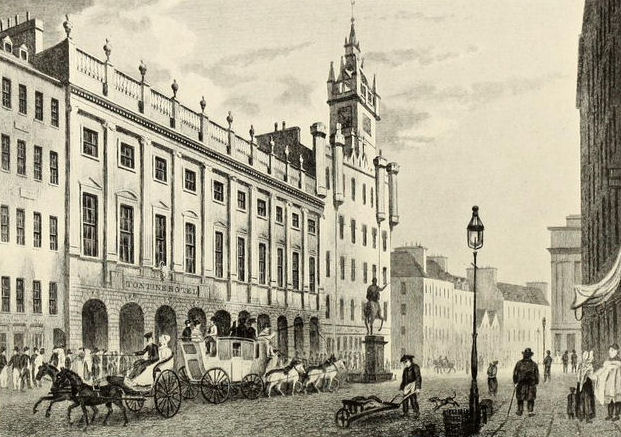
The view above from the late 1700's shows a four horse stage coach sitting outside the Tontine Hotel.
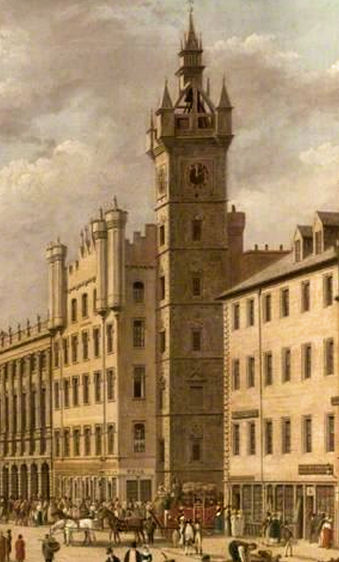
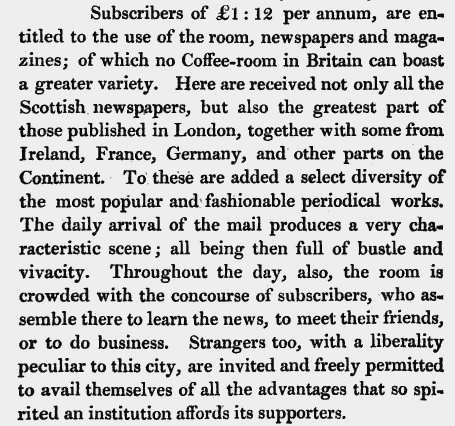
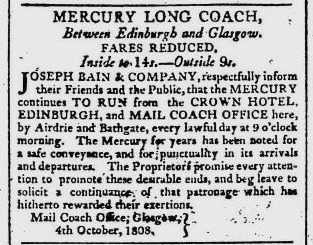

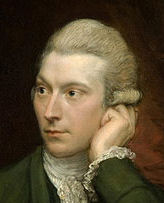 The formal organisation of the long distance mail coaches goes all the way back to the 1780's, credited to John Palmer, (right), Surveyor and Comptroller General of the Post Office.
The formal organisation of the long distance mail coaches goes all the way back to the 1780's, credited to John Palmer, (right), Surveyor and Comptroller General of the Post Office.
In 1789 Palmer was presented with 50 guineas by the Glasgow Chamber of Commerce in gratitude for his improved design for the carriages used for the London mail coach which could then achieve mind addling speeds of six to seven miles an hour!
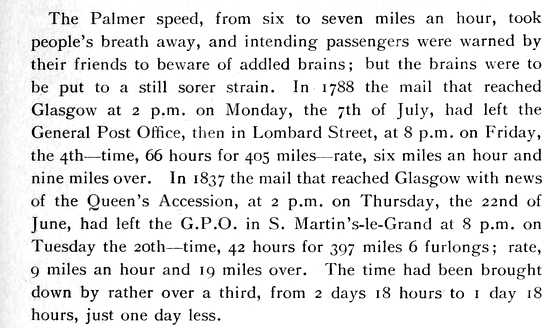
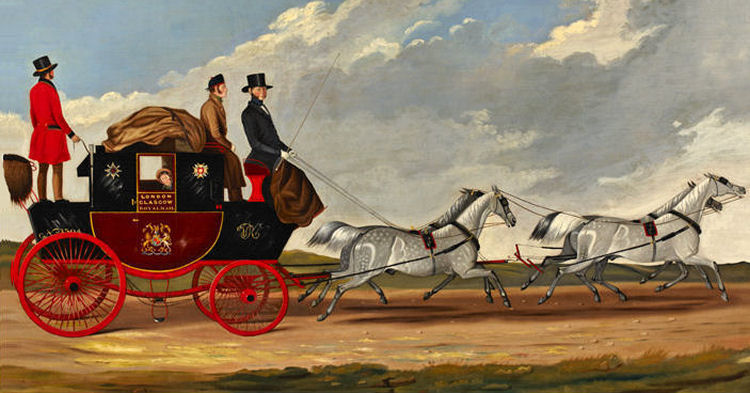
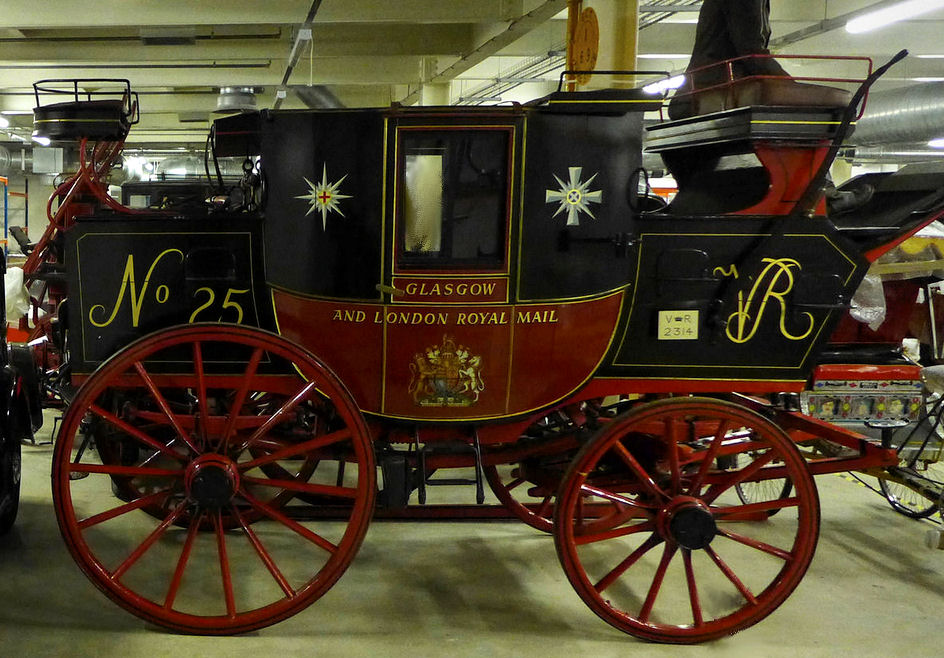
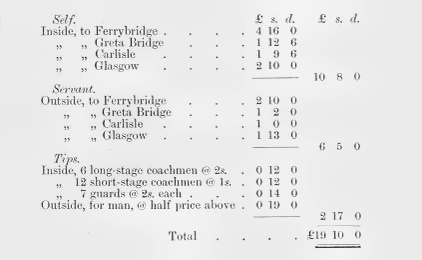
Britain's mail coach mileage peaked at 6,643,217miles in 1837. There was a steady year-by-year decrease as the railway network was developed.
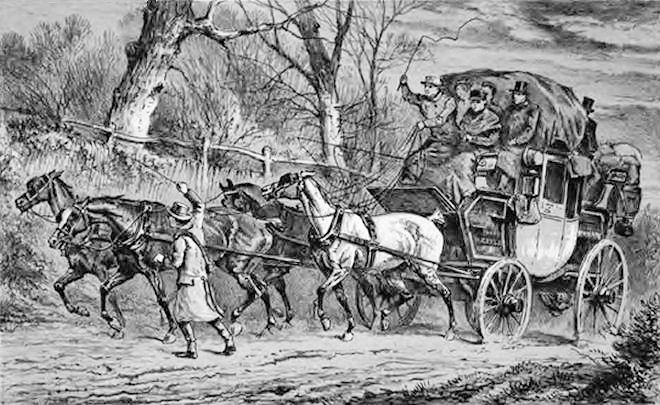
Glasgow “contributed large sums for the improvement of the existing road” which would be known in various times as the London Road/ A74/ M74. Unless the road was kept in a satisfactory condition there was always the fear that the Post Office would establish an indirect mail via Edinburgh.
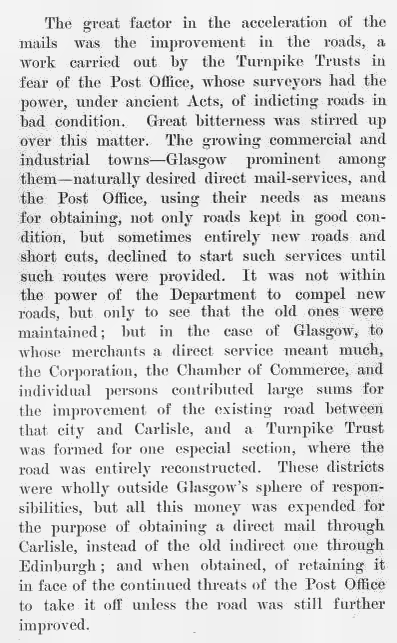
This was an addition rather than a replacement for the “slow coach”.
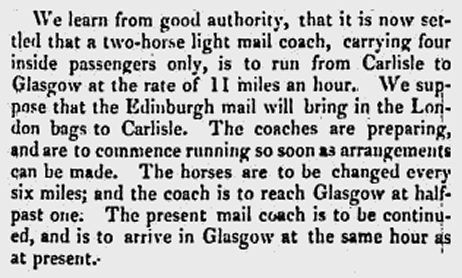
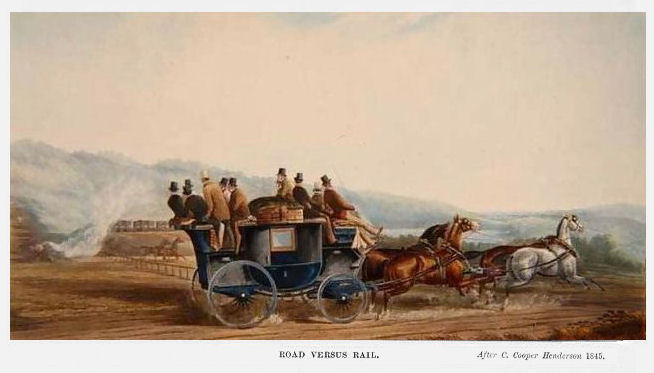
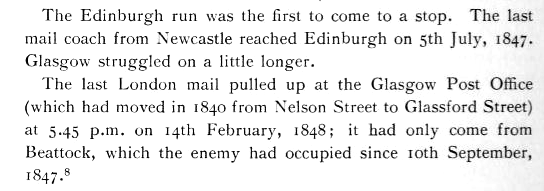
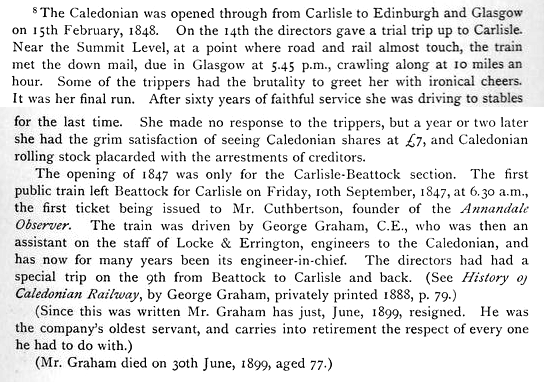
![]()
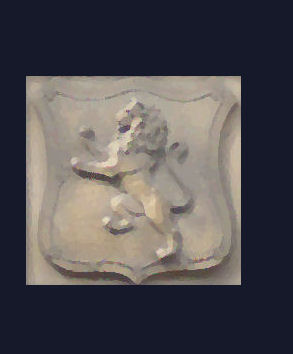 |
| |
|
|
| |
|
|
| |
|
|
| |
|
|
| |
|
|
||
|
|
| |
|
|
|
|
|
All original artwork, photography and text © Gerald Blaikie
Unauthorised reproduction of any image on this website is not permitted.